Blog
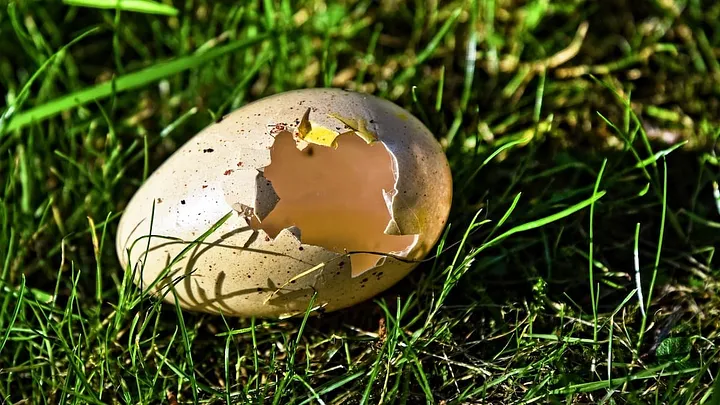
New ‘New Atheist’ cry: There is no trans
Yes, Dawkins did fall down the transphobia rabbit hole. QED. The New Atheists used to insist there is no god. Now Dawkins mainly insists there is no trans. People asked me to prove he was transphobic. Here it is.
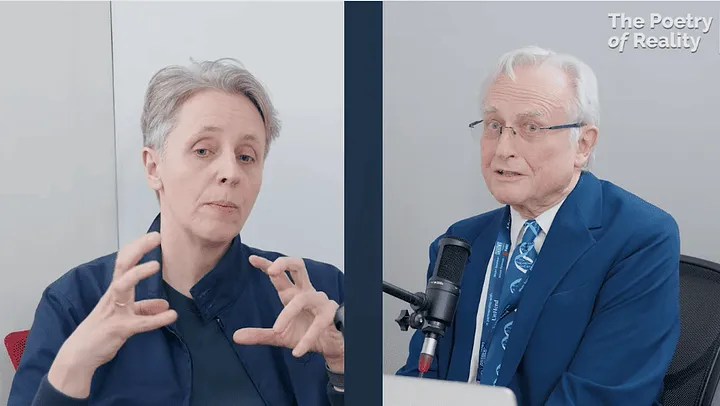
Richard Dawkins had Kathleen Stock on his show
No, this anti-trans position isn’t ‘moderate.’ It’s hypocritical, unfair, and insincere. Both of them are openly making it up. Never mind whether it’s kind, which Stock says she doesn’t care about. It isn’t moderate. Nor fair. It’s insincere.

Richard Dawkins had Lawrence Krauss on his show
We are not ever going to hear a dialectic. Dawkins’s repetition of his transphobic claim has not advanced a useful dialectic. He hasn’t invited a podcast guest who might challenge it.
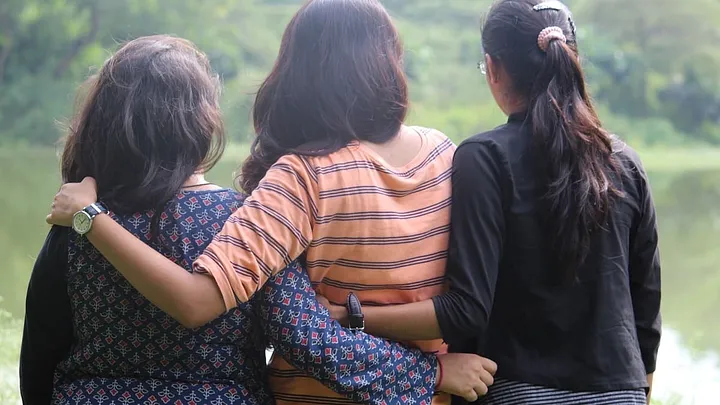
Ironic fiction doesn’t tell you who trans people really are
It’s rough entering Grace and Rubie’s restaurant. Good thing it’s fiction. Janice Raymond brought up this fictional story in her 1979 book to describe what trans women are really like. That’s not analysis. It’s disinformation.
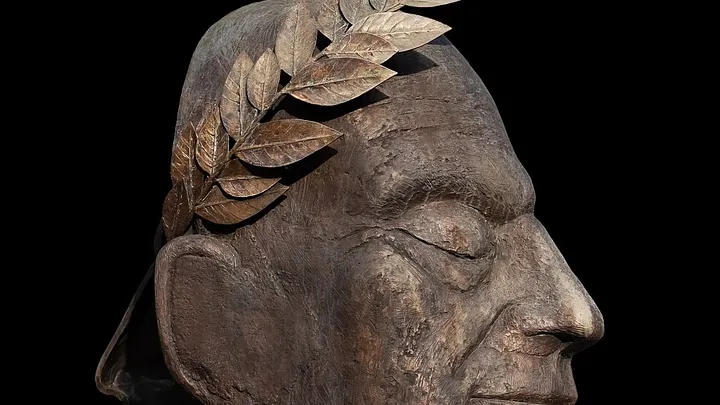
Transphobia since the 1970s
Janice Raymond’s ‘The Transsexual Empire’. It’s a transphobia classic. We can look at its irrationality and spot its repetition in today’s transphobia. Today’s transphobia isn’t new.
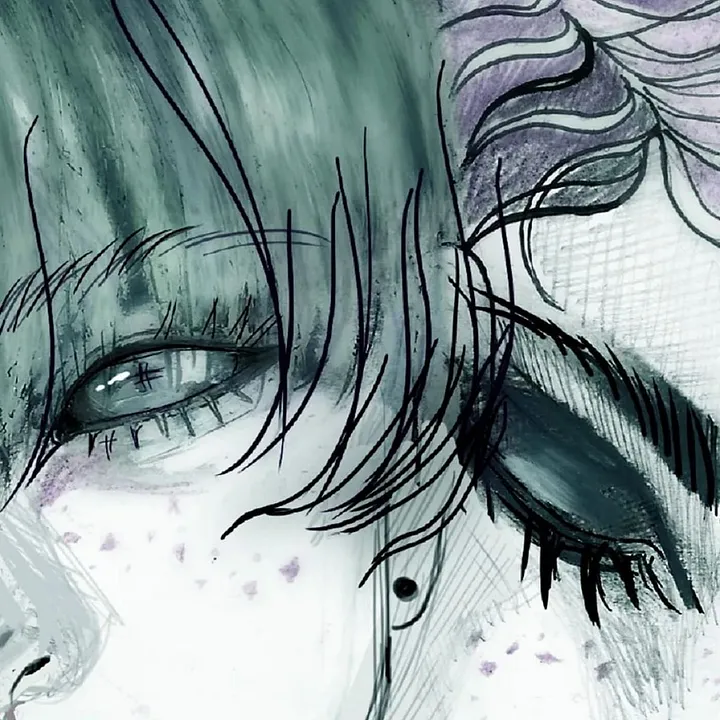
On ‘A + E’ by Ryszard Merey
Book #6 in my Trans Rights Readathon week. Drama club, drawing, dance parties — Ash and Eu are pulled together and apart and together as in an oceanic tide. As queer as you wanted high school to be.

On ‘This Kid Can Fly’ by Aaron Rose Philip
Book #5 in my Trans Rights Readathon week. When she was 14, Aaron Rose Philip published the memoir This Kid Can Fly about herself, her family, and growing up with cerebral palsy. Today she’s a model.

On ‘Short Film Starring My Beloved’s Red Bronco’ by K. Iver
Book #4 in my Trans Rights Readathon week. Trans. Born that way? Maybe. A genre unto ourselves. Listen to the Bronco crunching the gravel driveway outside the brick house in the past. Impossible.

On ‘Hall of Waters’ by Camellia-Berry Grass
Book #3 in my Trans Rights Readathon week. The book about Excelsior Springs, Missouri is grounded in “collective experiences” and narratives about water. Grass aspires to help other trans writers.
